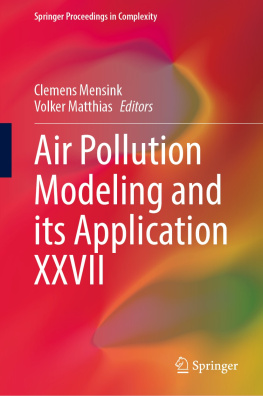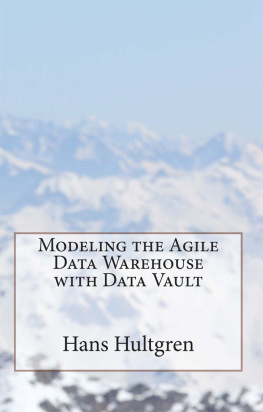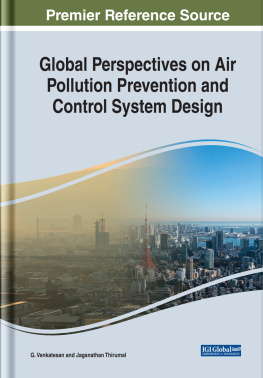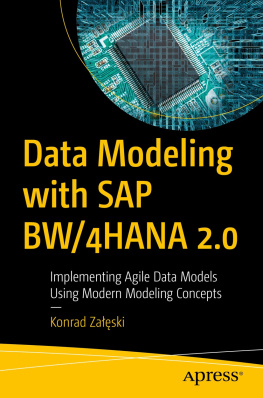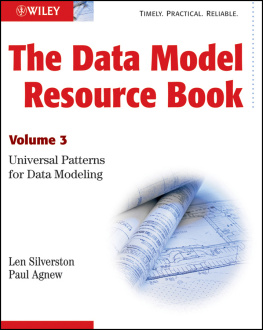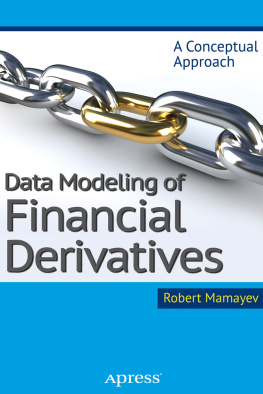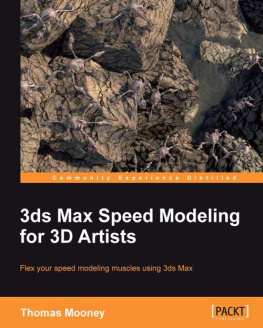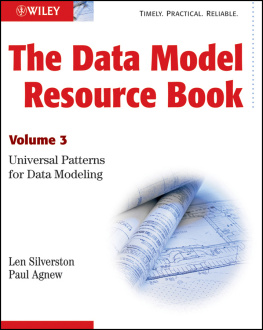Springer Proceedings in Complexity
Springer Proceedings in Complexity publishes proceedings from scholarly meetings on all topics relating to the interdisciplinary studies of complex systems science. Springer welcomes book ideas from authors. The series is indexed in Scopus.
Proposals must include the following:
name, place and date of the scientific meeting
a link to the committees (local organization, international advisors etc.)
scientific description of the meeting
list of invited/plenary speakers
an estimate of the planned proceedings book parameters (number of pages/articles, requested number of bulk copies, submission deadline)
Submit your proposals to: Hisako.Niko@springer.com
More information about this series at https://link.springer.com/bookseries/11637
Editors
Clemens Mensink and Volker Matthias
Air Pollution Modeling and its Application XXVII
1st ed. 2021

Logo of the publisher
Editors
Clemens Mensink
VITO NV, Mol, Belgium
Volker Matthias
Helmholtz-Zentrum Hereon, Geesthacht, Germany
ISSN 2213-8684 e-ISSN 2213-8692
Springer Proceedings in Complexity
ISBN 978-3-662-63759-3 e-ISBN 978-3-662-63760-9
https://doi.org/10.1007/978-3-662-63760-9
The Editor(s) (if applicable) and The Author(s), under exclusive license to Springer-Verlag GmbH, DE, part of Springer Nature 2021
This work is subject to copyright. All rights are solely and exclusively licensed by the Publisher, whether the whole or part of the material is concerned, specifically the rights of translation, reprinting, reuse of illustrations, recitation, broadcasting, reproduction on microfilms or in any other physical way, and transmission or information storage and retrieval, electronic adaptation, computer software, or by similar or dissimilar methodology now known or hereafter developed.
The use of general descriptive names, registered names, trademarks, service marks, etc. in this publication does not imply, even in the absence of a specific statement, that such names are exempt from the relevant protective laws and regulations and therefore free for general use.
The publisher, the authors and the editors are safe to assume that the advice and information in this book are believed to be true and accurate at the date of publication. Neither the publisher nor the authors or the editors give a warranty, expressed or implied, with respect to the material contained herein or for any errors or omissions that may have been made. The publisher remains neutral with regard to jurisdictional claims in published maps and institutional affiliations.
This Springer imprint is published by the registered company Springer-Verlag GmbH, DE part of Springer Nature.
The registered company address is: Heidelberger Platz 3, 14197 Berlin, Germany
Preface50th Anniversary of ITM
This 37th edition of the International Technical Meeting (ITM) on Air Pollution Modeling and its Application is a special edition because of the celebration of its 50th anniversary.
The ITM series of conferences were initiated in 1969 under the auspices of the North Atlantic Treaty Organizations Committee on Challenges of Modern Society (NATO-CCMS). The ITM series became independent of NATO since 2013. Over its long history, the ITM conference series provided a broadly independent international meeting of the highest scientific stature. ITM has become one of the most prominent forums for discussing the latest scientific developments and applications related to air pollution modeling at scales ranging from local to global.
Back in 1969, air quality researchers were actively involved in air pollution modeling, notably in Gaussian dispersion modeling, both in the USA and Europe, and the ITM was initiated as a platform where they could share knowledge and experience. The fate of pollutants such as SO2 and black carbon were studied, as well as lead deposition, and dispersion applications related to security and defense, hence the NATO umbrella. Later, other types of air quality models were developed, applied, and discussed in the ITM, such as the 3D Eulerian and Lagrangian models to simulate long range transport of air pollutants. More recently, developments in CFD such as large eddy simulations (LES) and direct numerical simulations (DNS) to study local and micro-scale air pollution gained interest.
Since the beginning of the nineties, ITM has shown a much stronger focus on regional scale modeling, certainly after 1991, when part of the Gaussian dispersion modeling activities were taken over by the Harmonization Initiative and its conferences. For an excellent overview of the activities over the past 50 years, we refer to the keynote paper presented by Douw Steyn at the ITM in Chania in 2016 which appeared as a book chapter in the 35th ITM proceedings with the title The Intellectual History of Air Pollution Modeling as Represented by the ITM Meeting Series.
Besides ITMs contribution to the science of air pollution modeling and its application, as published in the Springer Proceedings on Complexity series, there are at least two more aspects of the ITM that have substantiated its success over the last 50 years.
The second key to its success is ITMs contribution to air quality policy and legislation. Over the last 50 years, strong efforts have been made to clean the air and to regulate air polluting activities, both at national and international levels. There is, for example, the Clean Air Act in the USA that has a proven record of public health and environmental protection since 1970. Various Air Quality Directives in Europe got in place since 1970 including the overarching Air Quality Framework Directive in 1996 and its various extensions and revisions since then. The activities under the UNECE Convention on Long Range Transboundary Air Pollution should be mentioned here as well. Work that started in 1979 was extended by eight protocols up till now, e.g., by the Gothenburg protocol in 1999. Finally, it is important to mention the various national air quality programs and plans in many countries. Over the past 50 years, all this work was and still is hugely supported and scientifically underpinned by the air quality modeling work presented at ITM.
A third element in the success of ITM is its strong community. ITM has always brought together scientists and policy makers to exchange knowledge, insights, and ideas, as well as to inspire and share the feeling that the work we do is relevant and contributes to a more sustainable world. This observation that ITM can build on a strong community is, for example, shown by the fact that the return ratio of participants over the last years is up to 60%. So that means that more than half of its participants was there at one of the previous meetings. This loyalty and maintained interest in ITM are an important asset and strength. But even more important is the fact that ITM keeps attracting young scientists and students and makes them enthusiastic about our work and our scientific domain. A good illustration is that for this 37th ITM conference, we have attracted 28 young scientists who subscribed for the 10th edition of Early Career Award, which is the contest for the best paper or poster award for researchers under 35.

